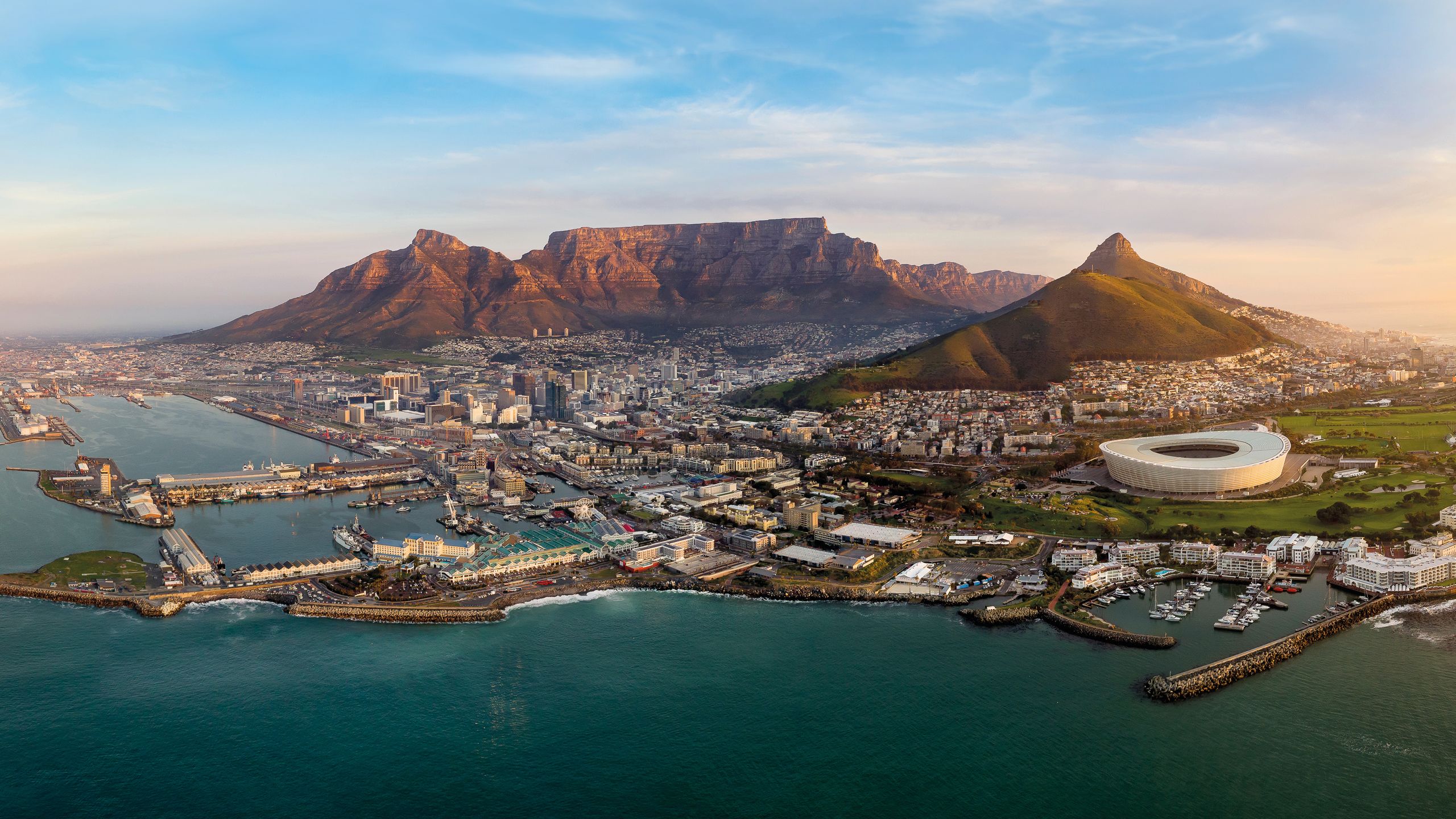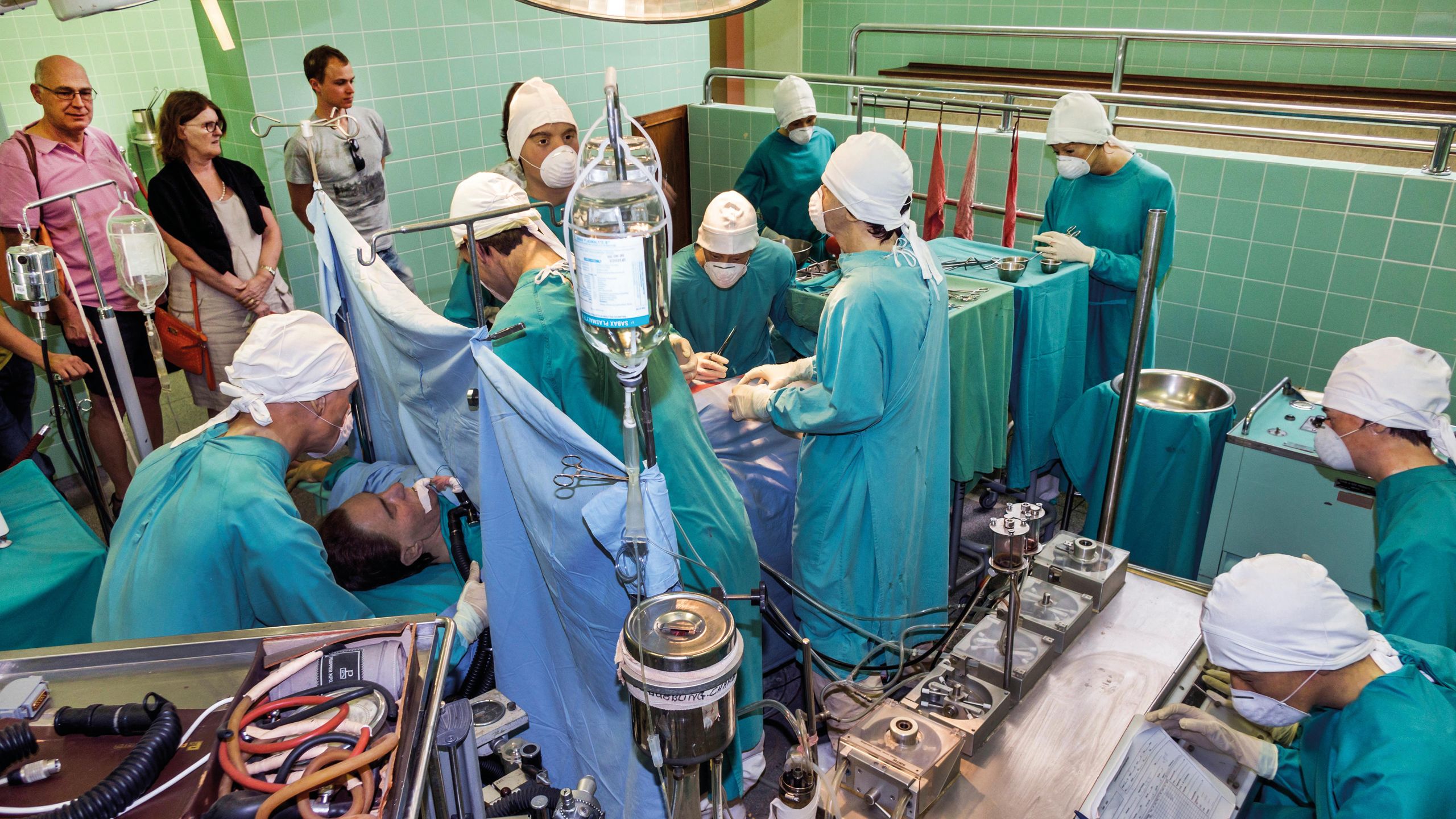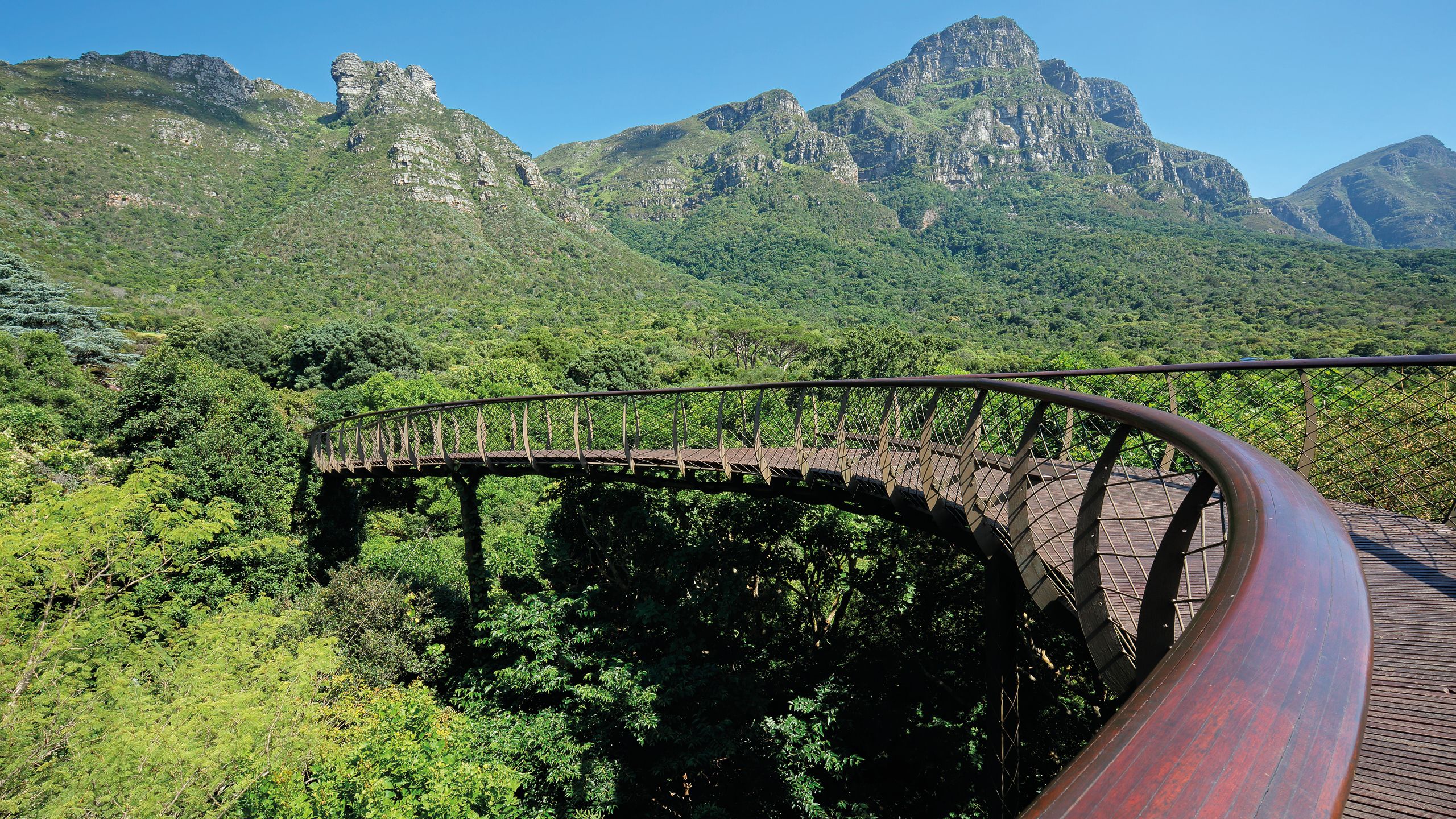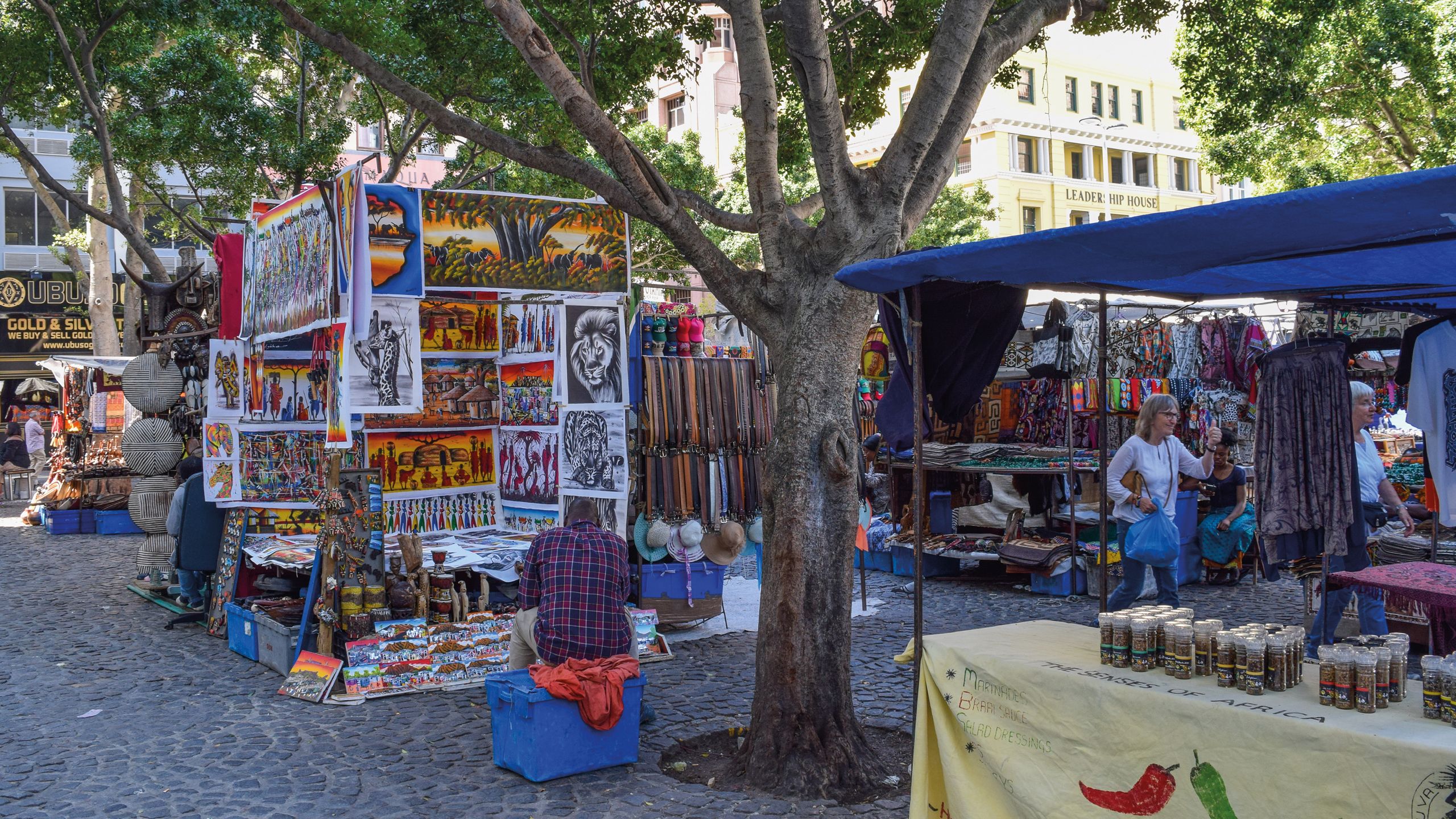
Cape Town


Carole A Boyle: Dental Editor, Surgeons’ News
Carole A Boyle: Dental Editor, Surgeons’ News
Ot’s going to be a busy 48 hours, so it’s best to pick up a hire car at the airport. Roads are clearly signposted and well maintained – and, remember, you drive on the left-hand side of the road.
It’s a good idea to take a walk after the long flight to stretch your legs and reduce the DVT risk. You can walk up Table Mountain, although it can take two hours. A better option is to take the cable car, which rotates to give everyone great views. Then have your walk on the top to admire Cape Town far below, with Robben Island in the distance.
"The Silo Hotel’s rooftop bar is a great place for a sundowner"
From cell to hotel
Robben Island, the penal colony, is worth a trip to experience life through the eyes of former inmates. The highlight is Nelson Mandela’s cell – it’s hard to believe that he could have spent 27 years incarcerated, then was able to lead his country into a post-apartheid world. The tours are led by former prisoners, who offer an insight into how terribly they were treated and how the inmates established a ‘university spirit’ through discussion and debate during hard labour at the island’s limestone quarry.
The most visited attraction in Cape Town is the Victoria and Alfred Waterfront – still a working dock, but much more with restaurants, shops and bars. It’s also the departure point for many tours by bus, boat and helicopter. Highlights include the Silo district, with Zeitz Museum of Contemporary Art Africa carved out of a former flour silo to the design of Thomas Heatherwick. This art museum collects, preserves, researches and exhibits 21st-century art from Africa and its diaspora. It is topped by the Silo Hotel – the rooftop bar is a great place for a sundowner if you can persuade the bouncers to let you in – I couldn’t! Another must visit is the Watershed, a craft and design space where over 150 makers offer traditional African crafts.
Another waterfront attraction is the Cape Medical Museum, which details the history of diseases in the Cape from scurvy to HIV/AIDS. It includes a recreated Victorian doctor’s room and a pharmacy.

The Heart of Cape Town Museum explores the first successful heart transplant
The Heart of Cape Town Museum explores the first successful heart transplant
Heart and soul
But surpassing this, and a must for all healthcare professionals, is the Heart of Cape Town Museum at Groote Schuur Hospital, which charts the first successful heart transplant in 1967. I found the reconstructed 1960s operating theatre fascinating. Contrary to modern ideas of optimising patients before surgery, the first recipient was chosen because he was so unwell with diabetes and extensive peripheral vascular disease from smoking he wasn’t going to survive long anyway. Modern surgeons will also marvel at the worldwide reception to Christiaan Barnard, who became the first and perhaps the only celebrity surgeon.

Tree canopy walkway at the Kirstenbosch National Botanical Gardens
Tree canopy walkway at the Kirstenbosch National Botanical Gardens
Even if you are not a gardener, the Kirstenbosch National Botanical Gardens are worth a visit. Set against the eastern slopes of Cape Town’s Table Mountain, the gardens aim to preserve native flora and feature plants found only in the Cape region. A tree canopy walkway winds over the trees of the arboretum and gives spectacular views of the surrounding mountain.
"It is possible to swim with penguins at nearby beaches"
Hit the road
My favourite road trip is from Cape Town to Camps Bay: stop for an ice cream on the beach, then head to Hout Bay where the scenic drive around Chapman’s Peak will take you to Simon’s Town. It’s a cute seaside town with cafes and shops, but the main attraction is just out of town at Boulders Beach, where you can see penguins. They are contained by three boardwalks, which allow close-up views of these fascinating birds as they interact with each other and stand moulting in the wind. The containment is only partially successful, so it is possible to swim with penguins at nearby beaches and do check under the car for a sleeping penguin before you drive off.
Next stop is Kalk Bay to enjoy fish and chips at Kalky’s. This unprepossessing shack serves a range of freshly caught fish in crispy batter. Don’t let the plastic tablecloths put you off – the food is good and look out for seals while you eat.
Of course, a major attraction in the Cape is wine, and there are so many different vineyards it would take a whole article to give even a small taste. Within Cape Town, there are wine estates in Constantia, including my favourite Groot Constantia, which was established in 1685 and is now a national heritage site.
The best-known wine towns are Stellenbosch and Franschhoek, less than an hour’s drive from Cape Town. Stellenbosch is a university town, with beautiful tree-lined streets and lots of places to eat. If you can’t visit both, I prefer Franschhoek, which is smaller – only one street, with the Huguenot memorial and museum at one end and breathtaking mountain views. There are small boutiques and places to eat, ranging from the Mexican Tuk Tuk micro brewery if you fancy a change from wine to fine dining. My favourite is Rueben’s, which offers beautifully presented dishes and is great value.
If you can visit only two wine farms, then my top tips are Spice Route and Babylon’s Toren. Both are big – they could be described as amusement parks for wine. Spice Route has chocolate and ice cream tasting, three restaurants and a gin distillery. Babylon’s Toren is a five-star hotel and charges a small admission fee. It’s worth it to stroll in the walled garden, peruse the food hall and visit the Fragrance Room for its wonderful aromas of local botanicals. The wine is pretty good too, and there’s a small museum.
City highlights

Visit Cape Town’s bustling Green Market Square to buy African curio
Visit Cape Town’s bustling Green Market Square to buy African curio
The centre of Cape Town has become more accessible following the World Cup in 2010, which led to increased security and encouraged small businesses to set up in town. There are lots of coffee shops and Green Market Square is worth a wander for African curios. Do be careful when walking around and be aware of pickpockets; stick to main streets and it’s best not to walk about after dark. In town there are managed car parks; elsewhere street parking is controlled by semi-official car guards. Make sure you have a few rand to give them when you return to your car.
A great way to get to know the city and to learn about its history is on a ‘free’ walking tour. The guides will give you an insight into their lives in Cape Town today and show you historic buildings and parks that put the city into context. Most will include a walk through the company gardens. Today a shady spot to rest, it was established by the Dutch East India Company in the 1650s to grow food for their ships when they stopped at Cape Town for water and provisions. The Dutch influence on the Cape is still seen today in the widespread use of Afrikaans, which is based on the Dutch language, and the wine legacy with the first vines planted in 1652.
